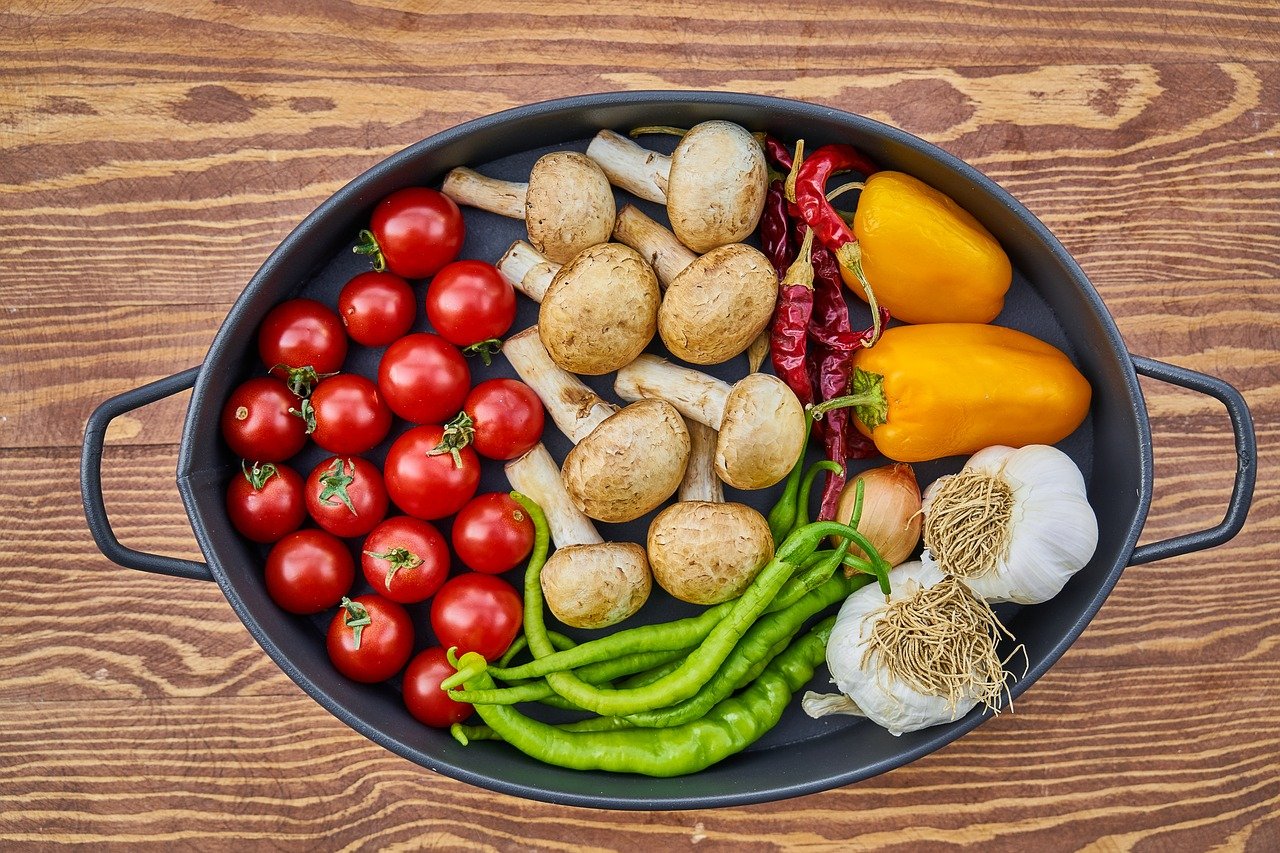
Many people have digestive problems. Sometimes it is hard to know what is going on because the digestive system is so complex. Different foods require different acids and transit times through the system. Most of us eat meals with a mixture of fruits, vegetables, and nutrients. However, when food combining is done poorly, it can have a negative impact on the body, and gas, constipation, and bloating can occur.
Does Food Combining Work?
The benefits of good food combining or eating foods that combine efficiently are essential to assist good digestion. The right food groups will aid your digestive tract in absorbing the nutrients your body requires for energy
Here are some insights that can help you combine food the right way, eat a balanced diet, and in turn get your gain better health. Food combining rules include:
Eat or Drink Fruit and Fruit Juices Alone on an Empty Stomach
This means that eating fruit after a meal might not be the best idea. Check-in and notice if you have any issues when you do this. You can do this by keeping a diary of your eating habits to keep track of any symptoms that may be caused by a particular type of food.
Most people tend to do better eating their fruit first before the main meal, waiting half an hour, and then consuming the rest of their meal.
Food Combination: Proteins and Non-Starchy Vegetables or Seaweed
This means that sandwiches made with bread and animal protein might not be a great combination for you. When you eat animal proteins (poultry, fish, meat, and eggs), your stomach secretes hydrochloric acid and the enzyme pepsin to break down the food. This creates a highly acidic environment. When you eat starches like potatoes or bread, your stomach secretes the enzyme ptyalin to create an alkaline environment.
Eating proteins and starches together tends to neutralize the acids and inhibits digestion. The body then has to deal with this poorly digested food. It goes through the digestive tract until it reaches the intestines. In the intestines, the food putrefies and causes your blood to become acidic. This process creates a welcome environment for disease-causing pathogens.
Eat Leafy Green and Non-Starchy Vegetables
To avoid this, do not combine proteins and starches (grains, like rice, and starchy vegetables such as potatoes or squash.) Instead, have leafy greens or non-starchy with your protein. You can also have oil with your protein. Also, beans are considered a starch and combine well with non-starchy vegetables.
Non-Starchy Vegetables Include:
- Leafy greens
- Broccoli
- Asparagus
- Tomatoes
- Cauliflower
- Carrots
- Celery
- Green beans
- Garlic
- Fennel
- Root vegetables
- Chives
- Sprouts
- Yellow squash
- Zucchini
- Cucumber
- Beets
Food Combination: Grains and Vegetables
Eating grains or starchy vegetables with non-starchy vegetables is a great food combination.
Starchy Vegetables Include:
- All variety of winter squash
- Peas
- Corn
- Artichokes
- Potatoes
Food Combination: Vegetables, Seeds, Non-Gluten Grains, and Beans
For a healthier option it is recommended to combine vegetables well with:
- Nuts and seeds
- Legumes and beans
- Non-gluten grains
- Animal protein
Also, try and incorporate the below food combinations into your diet and meal plan:
- Choose one category of protein (nuts/seeds, legumes/beans, or animal protein) per meal.
- Choose either a protein or a starch/grain per meal, but not both.
- Always eat fresh fruit alone on an empty stomach. (Recruit does combine well with dark leafy greens, like in green smoothies).
Food Combination is Just the Start
A healthy diet and lifestyle don’t just start at food combination. Here are a few pointers about oils, proteins, and grains:
- Wait at least 2 hours after eating grains like brown rice or quinoa to introduce other foods.
- Wait at least 3 hours after eating animal protein to eat starch or fruit.
- Fats and Oils should be unrefined and organic that is not heat treated. This includes extra virgin coconut or olive oil, sesame oil, raw nuts, and seeds. (Only eat fats with vegetables, grains).
Take Back Control of Your Diet with Healthy Food Combining
A healthy diet is essential if you want to reduce the symptoms caused by poor food combinations and for optimal gut health.
Overwhelmingly, research indicates that gut health impacts overall health. The gut microbiome, in particular, plays a critical role in mediating the effects of diet and other factors on health, including digestive, immune, metabolic, and neuroendocrine functions. Assessing GI health with the proper tools can help practitioners get to the root cause of chronic illness, including but not limited to autoimmune diseases, IBS/IBD, digestive complaints, brain fog, acne, psoriasis, depression, anxiety, diabetes, weight loss issues, and more.
Unlock the Key to Overall Health!
Do you struggle to eat healthily and food combination? Do you want to know how to make healthy food choices and improve your gut health?
Nava’s cutting edge Gut Restore program utilizes the latest and most advanced DNA testing to assess the microbial balance of your gut, including levels of:
- Healthy bacteria
- Pathogenic bacteria
- Parasites
- Yeast
- Viruses
And advanced metabolic testing for:
- Inflammation
- Immune function
- Digestion and absorption
Working with our team of Clinical Nutritionists and Physicians, you will receive an individualized treatment plan based on your test results to improve your health once and for all.
Nava Health Can Help!
Are you interested in learning more about our unique gut health program? This could be the first step to a real, healthy diet and lifestyle. Start with a no-obligation phone consult today by contacting us at 800-672-6282. Your journey to health starts here!